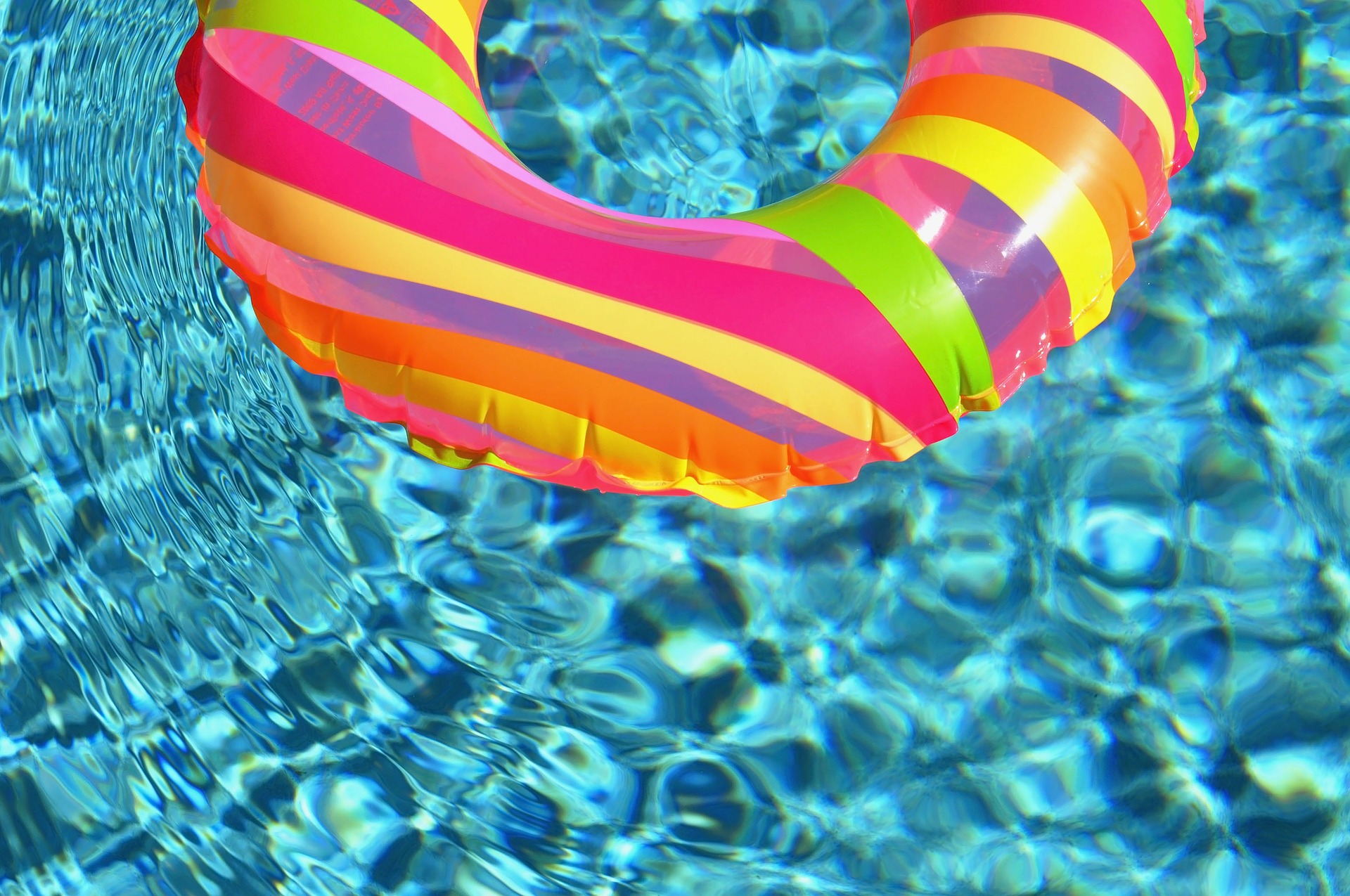CULLMAN – As summer progresses and heat indexes rise, pools, lakes and beaches will see more and more usage each day. While fun, dangers exist for swimmers, especially younger children. Drowning can happen to anybody under the wrong circumstances; swimmers should be aware of the signs and risks.
One of the best ways to prevent drowning is for a swimmer to know his or her limitations: how deep is the water? How long can a swimmer hold his or her breath? How long has he or she been swimming without a break? How vigorous is the activity?
Maddie Angle, one of the head lifeguards at the Cullman Wellness & Aquatic Center, stated that one of the biggest problems CWAC lifeguards face is children who think they're better swimmers than they actually are who end up pushing themselves to the point of being overwhelmed.
A proactive thing that families with younger children or people who can't swim well can do is enroll in swimming classes and use appropriate flotation devices.
Cullman Emergency Medical Services (EMS) and CWAC heavily emphasize parents keeping an eye on their children.
James Curtis, EMS director, commented, "Really pay close attention to your kids. Be engaged with them, be observant."
Angle warned, "Anything can happen to a child at any moment, no matter how good of a swimmer they are."
Clay McAlpin, one of the CWAC's lead lifeguards, added, "It all happens extremely fast. Within the blink of an eye, anything could go down, and you just gotta react as fast and efficiently as possible."
“Obvious” v. silent signs of drowning
Some of the “obvious” warning signs that someone may be drowning: flailing arms, gasping for air, trying to yell, bobbing up and down and a panicked look on their face.
Unfortunately, many drownings can also be nearly silent and unnoticeable until it's too late. The Instinctive Drowning Response (IDR) is a natural instinct for self-preservation against drowning, and it often looks very different from what many untrained people believe drowning looks like. Because the need for breathing takes precedence over speech, IDR victims are unable to call for help, and their mouths are often above the water barely long enough to get a breath. There is also little voluntary arm movement like waving for help or reaching out to a rescuer in these cases as the arms naturally want to push against the water to stay afloat.
Know the area
Other general safety tips include knowing the area in which you are swimming. For private pools this means making sure there are appropriate barricades to keep younger children away from the water, marking shallow and deep ends, and knowing where the emergency rescue items are. For larger bodies of water like lakes or ponds, never dive in head-first if the water is murky, if it's dark outside or in any other situation that would impede your ability to see what's in the water or judge its depth.
Electric Shock Drowning (ESD)
The Electric Shock Drowning Prevention Association (ESDPA) recommends the following as guidelines to prevent ESD:
- NEVER swim in or near marinas, docks or boatyards.
- Tell others about the danger of Electric Shock Drowning. Most people have never heard of ESD and are unaware of the danger.
- If you are a boat owner, have your boat inspected by an electrician with current ABYC (American Boat and Yacht Council) Electrical Certification or by an ABYC Certified Technician. Boats with alternating current (AC) systems should have isolation transformers or equipment leakage circuit interrupter (ELCI) protection, comply with American Boat and Yacht Council (ABYC) standards, and should be serviced by an ABYC Certified Technician. Click here (www.charlesindustries.com/marineelectricalsafety.html) to learn about isolation transformers.
- Talk to marina owners or operators about the danger of electric shock drowning. Ask them to install GFCIs on all shore power pedestals and on all marina wiring circuits. Ask if they are having their marinas regularly inspected by qualified electricians who are familiar with National Fire Protection Association Codes: NFPA 303 and NFPA 70.
- "NO SWIMMING" Around AC Powered Docks:
The ESDPA strongly discourages swimming around boats, docks, and marinas that use AC electrical power for any purpose (boat power, electrical outlets, lighting, boat lifts, aerators, etc.). It is the ESDPA’s position that swimming around boats, docks, or marinas using AC electrical power should be strictly prohibited. We recommend that signs be posted to warn people of the dangers associated with swimming around any equipment powered by AC electricity. Additionally, for marinas, docks, and boatyards, we advocate for the establishment of a “NO SWIMMING” policy, supported by appropriate signage, notifications, facility monitoring, and enforcement by appropriately trained staff.
Learn more at www.electricshockdrowning.org.
As a final comment, Curtis encouraged people to become CPR certified. "Go out, take the class and be empowered with the knowledge to impact other lives. Those first few moments are really critical for saving a life."
Copyright 2018 Humble Roots, LLC. All Rights Reserved.



























